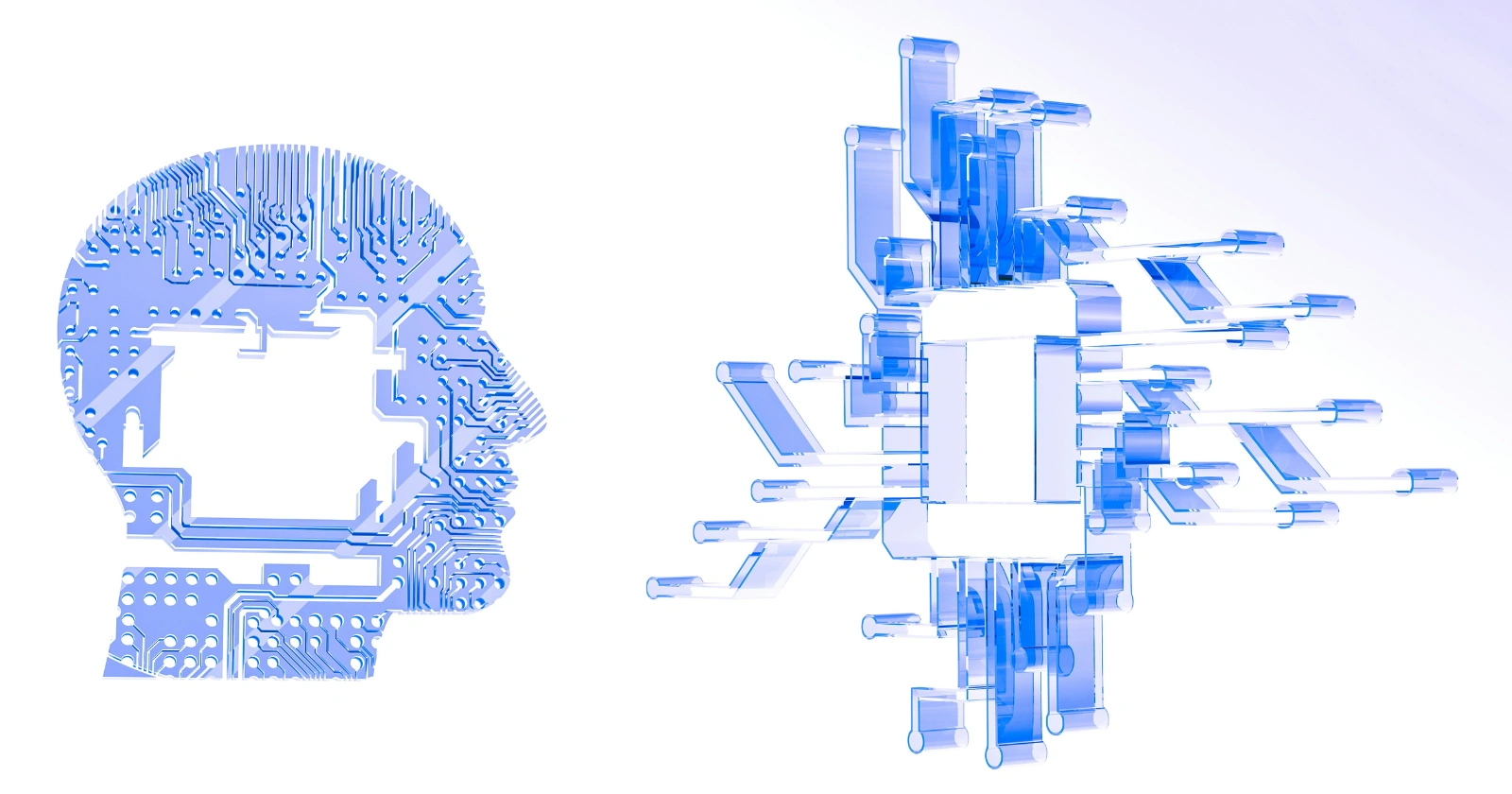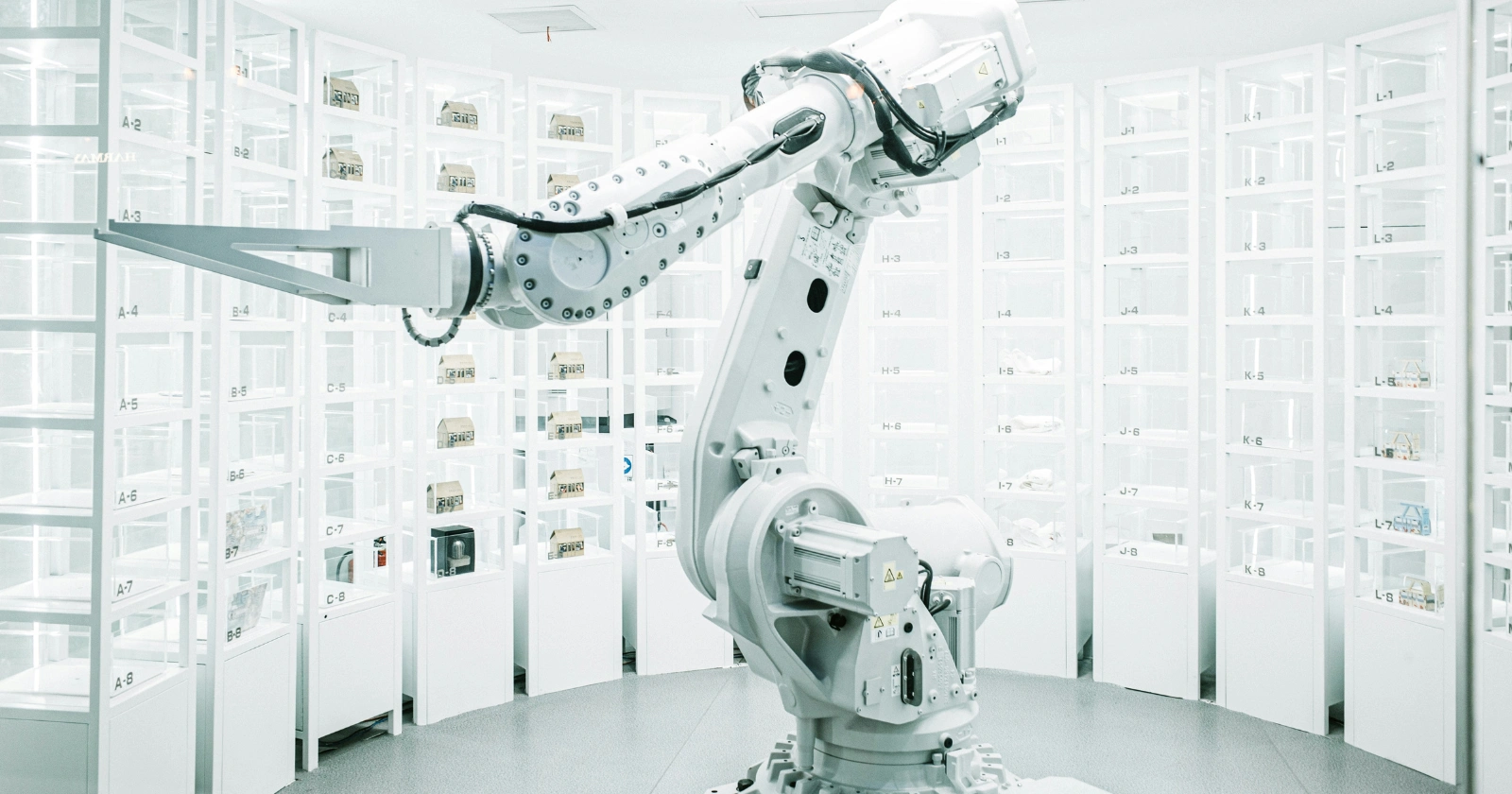Artificial intelligence was introduced in workplaces with the promise of efficiency, innovation, and speed. The expectation was that tasks once taking hours could be streamlined to minutes. Yet, a different reality is emerging.
A growing wave of low-quality, AI-generated content — now widely known as “workslop” — is overwhelming employees. It often appears polished on the surface but lacks the depth, accuracy, and context necessary to advance real work.
Surveys conducted by leading research groups, including Stanford University and BetterUp Labs, show that 40 percent of desk workers have received AI-generated content in the last month that fell into this category.
From verbose memos to unfinished reports and incoherent emails, employees are spending valuable time deciphering and correcting such outputs. Instead of saving time, AI is in many cases shifting the workload downstream, adding to stress and creating friction in professional environments.
The phenomenon is not isolated to individual workers. Studies reveal a staggering financial impact. On average, employees spend nearly two hours per instance dealing with workslop. That amounts to an invisible tax of about $186 per worker every month. For large organizations with thousands of employees, this can translate to losses exceeding $9 million a year.
The term may sound lighthearted, but the implications are serious. Workslop is reshaping collaboration, decision-making, and workplace trust, with ripple effects that extend far beyond the daily inbox.
Why Workslop Exists
The spread of workslop is rooted in the rapid adoption of AI tools without structured oversight. Employees are often encouraged to integrate AI into their workflows under vague directives to “use the latest tools” or risk being left behind. Without clear training, guidelines, or expectations for quality, AI outputs are often accepted at face value and forwarded as “completed” work.
Generative AI produces language that feels coherent but frequently lacks precision. It may string together complex words and polished sentences while missing the underlying logic or accuracy required. As a result, reports appear complete, presentations look professional, and emails read smoothly — yet they carry little value for the task at hand.
Another factor is the speed of AI adoption. According to Gallup, AI use in workplaces nearly doubled between 2023 and 2025. But research from MIT Media Lab shows that 95 percent of AI pilot projects fail to deliver measurable returns. This gap between expectation and reality has fueled the conditions for workslop to thrive.
The Psychological Toll
Workslop does not only waste time — it erodes trust between colleagues. Workers who receive AI-generated content often report feelings of confusion, frustration, and annoyance. Nearly half of surveyed employees admitted to viewing colleagues who send such work as less creative, capable, and reliable.
This judgment extends to team dynamics. When work requires correction or rework, it strains collaboration. Some managers describe spending hours redoing AI-generated presentations, while others feel compelled to confront coworkers about low-quality submissions. In many cases, relationships suffer, with recipients less likely to want to collaborate with colleagues who repeatedly send subpar AI content.
The issue also amplifies workplace inequality. Employees under time pressure may rely heavily on AI for speed, while others shoulder the burden of correcting the resulting flaws. Over time, this can deepen resentment and increase turnover risk.
The Hidden Cost of Workslop
The numbers behind workslop are striking. Surveys estimate:
| Impact Area | Average Cost/Time | Organizational Scale |
|---|---|---|
| Time spent per workslop instance | 1 hr 56 min | Employee downtime |
| Monthly cost per worker | $186 | Lost productivity |
| Annual cost for 10,000 workers | $9 million+ | Organizational impact |
| Worker sentiment | 53% annoyed, 38% confused, 22% offended | Team morale decline |
While these figures reflect averages, the real-world impact can be greater when factoring in missed opportunities, slowed innovation, and delayed decision-making. The financial cost is compounded by the cultural toll of weakened trust and disengaged employees.
Workslop Across Industries
Not all industries are equally affected. Research highlights technology, healthcare, and professional services as hotbeds for workslop. These sectors involve high volumes of documentation, reporting, and analysis, making them fertile ground for AI misuse.
In healthcare, professionals have reported receiving lengthy AI-generated patient notes drawn from wearables or health apps that fail to add clinical value. In finance, managers note repetitive, jargon-heavy reports that require significant rewriting. Even in consulting, a field already notorious for dense PowerPoint decks, AI-generated slides are creating additional confusion rather than clarity.
Despite industry differences, the common denominator is the same: AI content that looks complete but fails to meaningfully advance the work.
Signs of Workslop
Workslop often reveals itself through subtle patterns:
- Overly wordy or “purple prose” writing that adds volume but little clarity
- Reports that recycle generic phrases without new insights
- Presentation slides filled with incomplete or irrelevant data
- Emails that sound professional yet lack actionable information
- Code or technical documents that appear functional but contain errors or gaps
These signs leave recipients with the same uneasy question: Was this written by a human with intent, or was it generated with minimal thought?
The Cultural Impact
Workslop highlights a deeper cultural tension in modern workplaces. Leaders often champion AI as a transformative tool, urging employees to adopt it at speed. Yet, when workers rely on AI too heavily, they face criticism for producing hollow content. This contradiction creates an atmosphere of fear and judgment.
Employees feel pressured to use AI to prove relevance, while simultaneously worrying that its use may undermine their reputation. This double bind leaves many struggling to find the right balance. Without organizational guidance, the default outcome is often an increase in workslop.
Reducing Workslop
Addressing the challenge of workslop requires deliberate strategies at both individual and organizational levels.
- Clear AI Policies
Businesses must establish guidelines that define when and how AI should be used. This includes specifying tasks where AI can assist — such as drafting initial outlines — and where human oversight remains essential. - Training and Awareness
Workers need training on both the strengths and limitations of AI. Understanding that AI can mimic language patterns but often lacks depth encourages more cautious use. - Transparency in Usage
Declaring when AI has been used allows colleagues to adjust their expectations. A simple disclosure can foster trust and encourage collaborative refinement rather than hidden reliance. - Focus on Quality, Not Speed
Teams should emphasize task quality over quantity. Encouraging workers to critically review AI outputs before sharing reduces the risk of workslop spreading. - Human Agency
Leaders should encourage a mindset where AI serves as augmentation, not replacement. The best results come when human expertise shapes and corrects AI contributions, ensuring substance and accuracy.
Looking Ahead
Workslop is a symptom of the broader challenge of AI integration. The technology is powerful but also disruptive. Left unchecked, it risks overwhelming the very productivity it was meant to enhance. Organizations that embrace AI without structure risk financial loss, cultural friction, and diminished trust.
On the other hand, companies that implement thoughtful policies and reinforce the importance of human judgment can turn AI into a tool of genuine value. The key lies in treating AI not as a shortcut to bypass effort, but as an assistant that strengthens human work when applied with care.
The future of work will not be defined by whether AI can generate content, but by whether humans can guide its use toward meaningful outcomes. Reducing workslop is not simply about efficiency — it is about preserving trust, creativity, and the integrity of work itself.
FAQs
1. What is AI workslop?
AI workslop refers to low-quality, AI-generated workplace content that looks polished but lacks the substance to meaningfully advance tasks.
2. Why is workslop harmful?
It wastes time, erodes trust, and increases workload for colleagues who must review or correct the content.
3. How common is workslop?
Studies show that around 40 percent of desk workers encounter workslop in a typical month.
4. What industries are most affected?
Technology, healthcare, and professional services are among the most impacted due to their heavy reliance on documentation and analysis.
5. How much productivity does workslop cost?
On average, it costs about $186 per employee monthly, adding up to millions in annual organizational losses.
6. Can AI ever improve workplace productivity?
Yes, when applied with guidelines, oversight, and human input, AI can support productivity. The issue arises when AI replaces rather than augments human work.
7. How can workers spot workslop?
Look for verbose language, generic phrasing, missing details, or content that feels complete but does not add actionable value.
8. What can organizations do to reduce workslop?
They can establish AI policies, train employees, encourage transparency, and prioritize quality over speed.
9. Does workslop only come from AI?
No, low-quality work has always existed, but AI accelerates its production and increases its volume.
10. What is the long-term risk of unchecked workslop?
Beyond financial costs, unchecked workslop can damage workplace culture, lower employee morale, and erode long-term trust.



